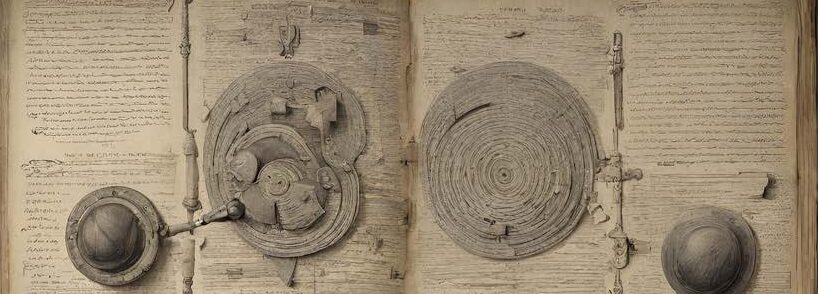What are Postage Stamps?
Postage stamps are small stamps placed on letters or packages to indicate that the postal fees have been paid, carrying a bit of information about history, geography, and culture of a particular time. They give us a sense of belonging. Some are valuable, as the lesser the postage stamps available, the higher their value is because they are treasured by collectors.

A look into Postage Stamps’s history:
To dig deep into the history of it, according to Reid (1984), the introduction of the postage stamp, advocated by English reformer Rowland Hill in 1837 and the release of the world’s first postage stamp, the ‘penny black’ in 1840, marked a pivotal moment in the evolution of postal services. One of the main components of his reform program was his support for the postage stamp, a little sticky piece that indicated the playing of postage. In other words, people were able to mail letters more easily and affordably thanks to this stamp, which also made the payment process simpler and guaranteed a clear and fixed postage fee. Postage stamps, which were created and are now widely used, transformed communication, and made it easier for individuals to share letters, newspapers, and other mediums. Before postage stamps were invented, mailing letters was a difficult and frequently costly procedure. The introduction of stamps brought about several important benefits that had a big impact on written content distribution and communication. Furthermore, newspapers, magazines, and other written items were widely circulated because of the convenience and consistency that postage stamps provided. Publishers could reach a wider audience by distributing their publications more cheaply and widely. This made it easier for news, ideas, and information to spread, making society more connected and knowledgeable overall.

An example that showcases postage stamps as a powerful medium:
During a period of instability and change, postage stamps served as a powerful medium for conveying evolving national identities, as illustrated by Katz (1999), the overprinting of “Palestine” on the “Palestine Aid” stamps in Jordan in 1946 by the Hashemite Kingdom of Jordan that moved to aid the Arab citizens of Palestine. This deliberate alteration, as noted by Katz (1999), “Postage stamps were an important medium for re-imagining the nation”. They took a smart method by sending a message of solidarity, the overprinting of the word “Palestine on the “Palestine Aid” stamps symbolized an effort to maintain Palestine’s historical narrative and identity despite the country’s altered political situation and how postage stamps were indeed the medium to make people have the knowledge and show solidarity for the Palestinians.

What is meant by the term “Philately”?
Furthermore, beyond their intended practical function, postage stamps were instrumental in facilitating communication over vast distances, serving as carriers of ideas, emotions, and information. The collecting or study of stamps as a hobby, known as philately, according to Cambridge dictionary (n,d). Stamp collectors, much like passionate readers exploring various genres and storylines, delve into the diverse designs, historical significance, and cultural value of stamps. The emergence of stamp collecting in the 1870s, as described by Greenwald (1992), signifies humanity’s innate curiosity, appreciation for art and culture, and the desire to preserve the past. This hobby has flourished, becoming one of the world’s most popular pastimes, uniting enthusiasts in their quest for knowledge and connections, delving into deeper research and sharing their collections through exhibitions and collaborations.
𝓣𝓸 𝓶𝓮 𝓹𝓸𝓼𝓽𝓪𝓰𝓮 𝓼𝓽𝓪𝓶𝓹𝓼 𝓪𝓻𝓮
powerful catalyst for communication, playing a pivotal role in fostering accessible and cost-effective means of connection. Postage stamps essentially elaborate artworks that capture the rich history, geography, and artistic expression of a culture, turning each one into a tiny piece of historical and cultural value. These little sticky wonders not only make communication easier, but they also educate and entertain, capturing the spirit of a community and acting as portals into the rich diversity of human civilization.

References
Greenwald, R. A. (1992). COVER ESSAY: The postage stamp as messenger. Tobacco Control, 1(2), 87-88. https://www.jstor.org/stable/20747194
Katz, K. (1999). Jordanian Jerusalem: Postage stamps and identity construction. Jerusalem Quarterly, (5). https://www.jstor.org/stable/27933978
Reid, D. M. (1984). The symbolism of postage stamps: a source for the historian. Journal of Contemporary History, 19(2), 223-249. https://www.jstor.org/stable/260594
Philately | English meaning – Cambridge dictionary. (n.d.). https://dictionary.cambridge.org/dictionary/english/philately
